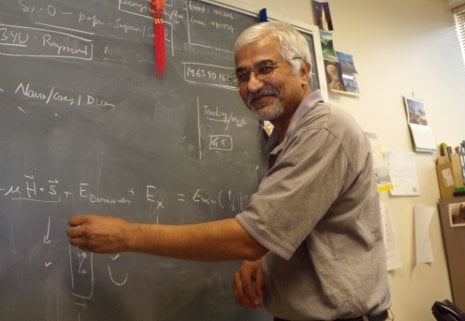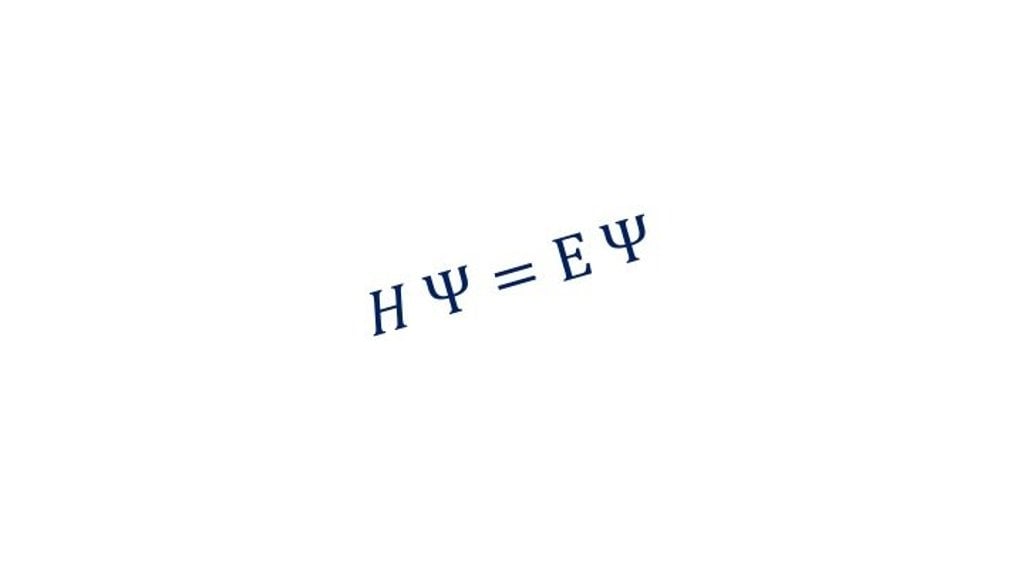Michigan Tech Team Models Molecular Transistor

Electronic gadgetry gets tinier and more powerful all the time, but at some point, the transistors and myriad other component parts will get so little they won't work. That's because when things get really small, the regular rules of Newtonian physics quit and the weird rules of quantum mechanics kick in. When that happens, as physics professor and chair Ravindra Pandey puts it, "everything goes haywire."
Theorists in the field of molecular electronics hope to get around the problem by designing components out of a single molecule. Pandey's group has done just that—theoretically—by modeling a single-molecule field-effect transistor on a computer.
"Transistor" has been an oft-used but rarely understood household word since cheap Japanese radios flooded the US market back in the 1960s. Field-effect transistors form the basis of all integrated circuits, which in turn are the foundation of all modern electronics.
A simple switch either diverts current or shuts it off. Transistors can also amplify the current by applying voltage to it (that's how amplifiers work).
A diagram of Pandey's three-terminal single-molecule transistor looks like an elaborate necklace and pendant, made up of six-sided rings of carbon atoms bedecked with hydrogen and nitrogen atoms. His group demonstrated that the electrical current running from the source to the drain (through the necklace) rises dramatically when voltage applied at the gate (through the pendant) reaches a certain level.
This happens when electrons in the current suddenly move from one orbital path around their atoms to another. Or, as Pandey says, "Molecular orbital energies appear to contribute to the enhancement of the source-drain current."
Their virtual molecule may soon exist outside a computer. "Several experimental groups are working to make real our theoretical results," says Pandey.
An article on the molecular transistor, "Electronic Conduction in a Model Three-Terminal Molecular Transistor," was published in 2008 in the journal Nanotechnology, volume 19. Coauthors are physics graduate student Haying He and Sashi Karna of the Army Research Lab.
Michigan Technological University is an R1 public research university founded in 1885 in Houghton, and is home to nearly 7,500 students from more than 60 countries around the world. Consistently ranked among the best universities in the country for return on investment, Michigan's flagship technological university offers more than 185 undergraduate and graduate degree programs in science and technology, engineering, computing, forestry, business, health professions, humanities, mathematics, social sciences, and the arts. The rural campus is situated just miles from Lake Superior in Michigan's Upper Peninsula, offering year-round opportunities for outdoor adventure.




Comments